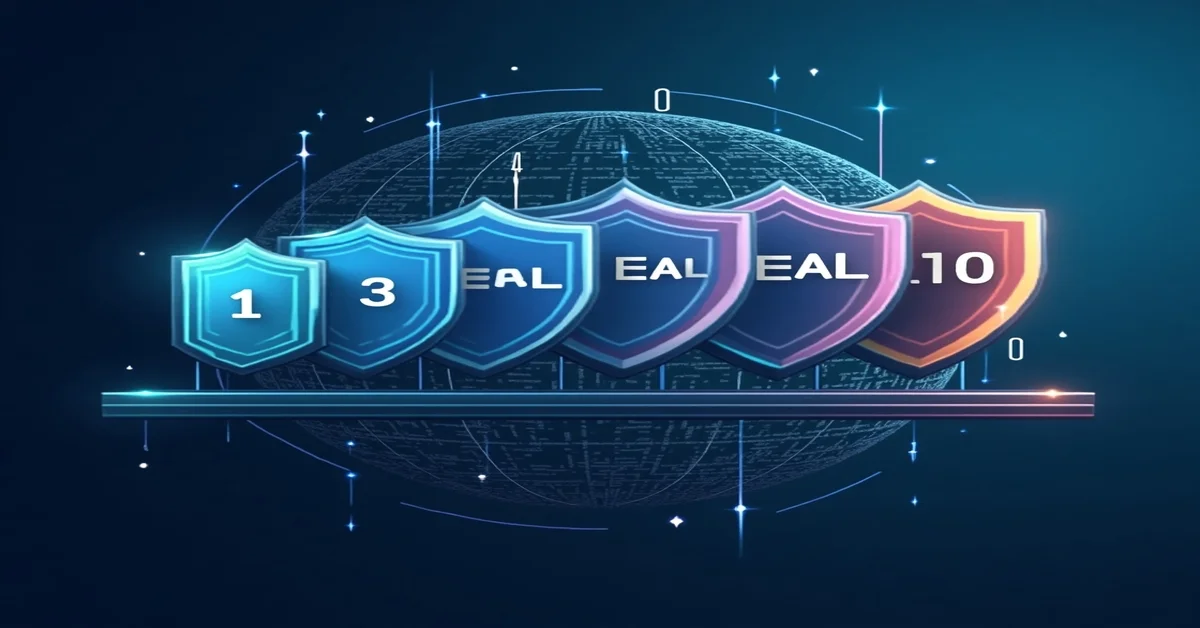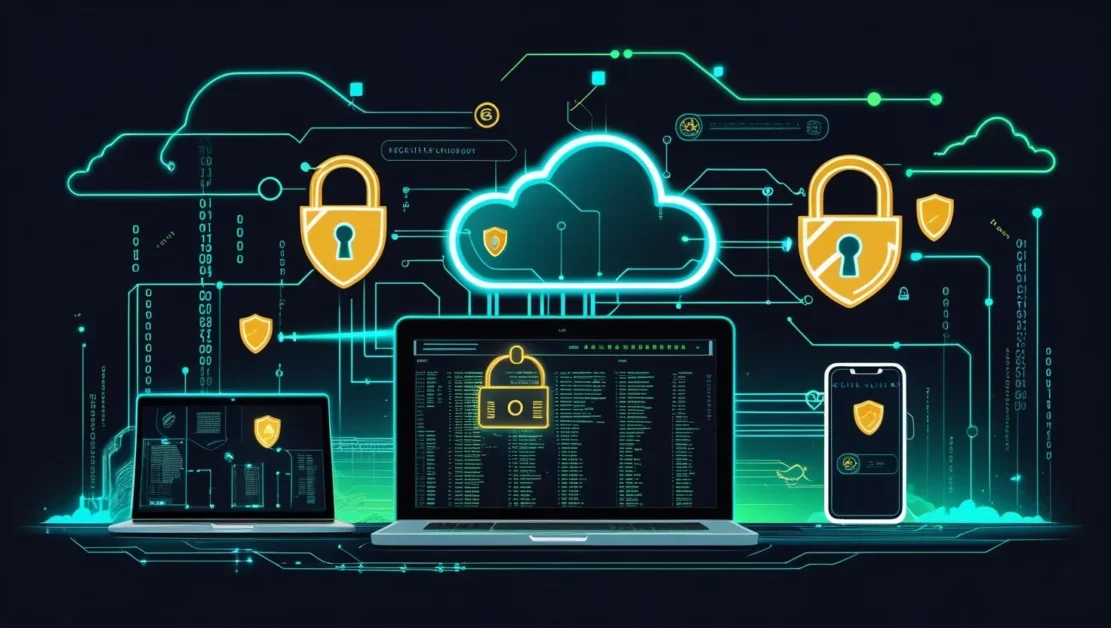In the digital age, security is more than just passwords and firewalls. Whether you’re using a mobile app, banking software, or even defense systems, there’s a structured method that helps organizations and governments understand how secure a product is. This approach is known as the Evaluation Assurance Levels (EAL), a standardized measure used to assess IT product security.
What Is an Evaluation Assurance Level?
An Evaluation Assurance Level (EAL) represents a formal rating assigned to a product after independent testing and review based on the Common Criteria standard. It shows how deeply the product has been examined for security features. It doesn’t say whether a product is “secure” or “not secure.” Instead, it tells you how much confidence you can have that the security claims are valid, based on the level of testing done.
Why Are EALs Important?
EALs help:
- Governments choose secure systems for defense or public services
- Businesses pick trusted software or hardware for operations
- Developers prove their product meets global standards
- Consumers trust that a product has passed verified checks
For example, a company selling encryption software to a military agency will need a much higher EAL than a startup selling a note-taking app.
EAL 1 to EAL 7: Simple Breakdown
Each level builds on the one before it. Higher levels require more planning, testing, and documentation.
EAL 1: Functionally Tested
This is the basic level of assurance. It checks that the product works as claimed, but with minimum effort.
- No need to access the product’s source code
- No deep knowledge of how the system was built
- Mostly for products where security isn’t the top concern but still matters
Use Case: Useful for general commercial products like standard office software, basic security tools, or web applications.
EAL 2: Structurally Tested
This level adds more structure to testing. It looks not only at whether the product works, but how it works.
- Some developer support and design documents are reviewed
- Basic vulnerability checks are done
- It’s still a relatively quick and low-cost process
Use Case: Common in commercial software where some level of security is important but the risks are not very high.
EAL 3: Methodically Tested and Checked
Now, testing becomes more methodical and detailed. This level provides moderate assurance.
- Evaluators assess the development environment.
- They review the source code and design documentation in detail.
- They examine the configuration and delivery processes.
Use Case: Often used for security products that handle sensitive but non-classified data, such as antivirus software or VPN apps.
EAL 4: Methodically Designed, Tested, and Reviewed
Certification bodies most commonly assign EAL 4 in real-world product evaluations. It gives a high level of assurance without needing military-grade evaluation.
- Evaluators require complete design documentation
- Code analysis and functional testing are extensive
- Evaluators review threat modeling and security policies.
Use Case: Used in commercial security products, banking systems, enterprise software, and public sector IT tools.
EAL 5: Semiformally Designed and Tested
At this level, developers not only test the product but also design it with security as a central focus.
- Developers apply formal design methods to build a robust system architecture.
- They integrate security features into the product from the earliest design stages.
- Includes resistance to more advanced attack vectors
Use Case: Ideal for systems needing serious protection smart cards, secure chips, and financial transaction systems.
EAL 6: Semiformally Verified Design and Tested
Now we’re talking about very high assurance levels. Organizations typically deploy EAL 6 products in military, intelligence, and defense environments.
- Rigorous security testing under high-threat conditions
- Evaluation includes resistance to sophisticated attackers
- Strong assurance that the system can defend against advanced persistent threats (APT)
Use Case: Used in critical infrastructure, national security, aerospace systems, and military-grade hardware.
EAL 7: Formally Verified Design and Tested
This represents the most rigorous and resource-intensive level of security evaluation, both in terms of cost and time commitment.
- Experts use formal mathematical models to prove the product’s design is secure.
- Every feature must be justified with theoretical and practical proof
- Testing is exhaustive and precise
Use Case: Rarely used. Mostly seen in top-secret government applications where security failures are unacceptable.
Things to Know Before Using EAL Ratings
While EALs are helpful, they have limits. Here’s what to keep in mind:
- EAL doesn’t mean a product is 100% secure. It only shows how thoroughly evaluators have assessed the product.
- Evaluators can assign different EALs to the same product based on the features tested.
- Higher EAL ≠ Better Product EAL 7 might be overkill for your needs and cost more than it’s worth.
Choosing the Right EAL
Not every product needs EAL 7. Here’s a quick guide:
| EAL Level | Best For |
| EAL 1–2 | Low-risk commercial apps |
| EAL 3–4 | Enterprise systems, security-focused software |
| EAL 5–6 | Smart cards, financial hardware, encrypted devices |
| EAL 7 | Military-grade systems, critical defense infrastructure |
Always match the EAL to the risk profile and use case, not just the marketing value.
Benefits of Using EAL-Certified Products
Choosing an EAL-certified product gives you:
- Peace of mind: You gain peace of mind knowing a recognized authority has tested it.
- Compliance: Helps meet standards like ISO, NIST, GDPR, etc.
- Trust and transparency: Buyers know the developer went through a strict process
- Competitive Advantage: Products with EAL certification often gain greater visibility and trust in the marketplace.
The Role of EAL in Global IT Security Certification
Evaluation Assurance Levels (EALs) are defined by the globally recognized Common Criteria (CC) framework, which standardizes how IT product security is evaluated. This international standard ensures systems, software, or devices are independently verified for the security they claim.
EALs range from EAL 1 to EAL 7, with each level reflecting a more rigorous and detailed assessment like moving up school grades, where higher levels demand stronger proof of security.
Conclusion
Evaluation Assurance Levels (EAL) offer a clear scale of trust in a product’s security. Higher levels mean stronger assurance for developers and smarter choices for buyers.
Whether it’s EAL 2 for small businesses or EAL 6 for defense-grade systems, understanding EAL helps balance security, cost, and practical needs.



